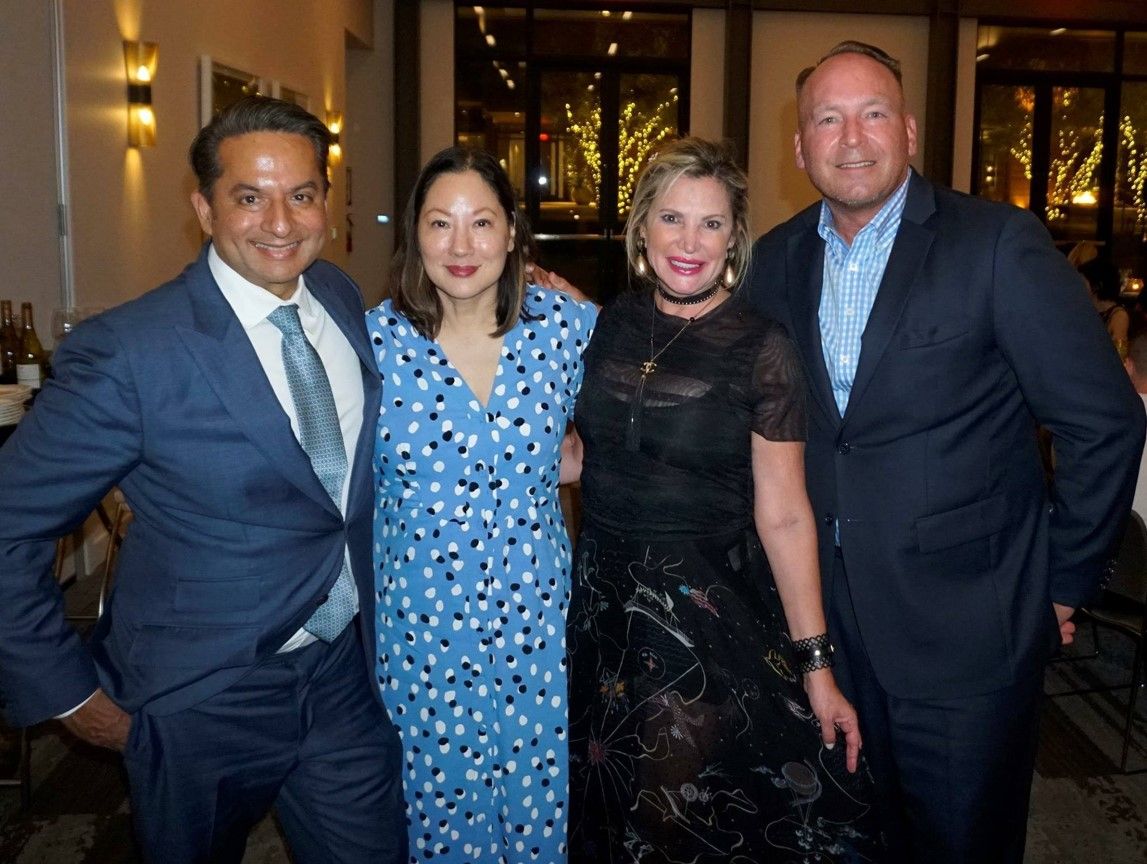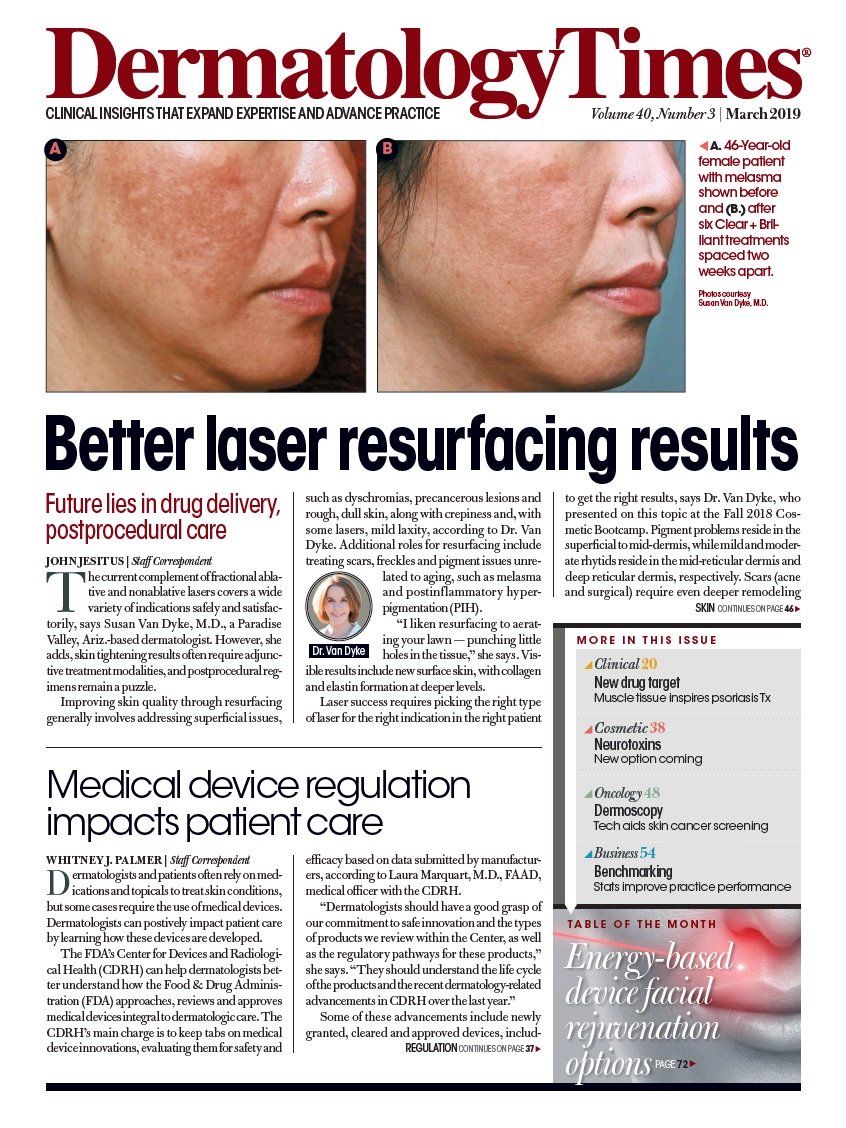- Case-Based Roundtable
- General Dermatology
- Eczema
- Chronic Hand Eczema
- Alopecia
- Aesthetics
- Vitiligo
- COVID-19
- Actinic Keratosis
- Precision Medicine and Biologics
- Rare Disease
- Wound Care
- Rosacea
- Psoriasis
- Psoriatic Arthritis
- Atopic Dermatitis
- Melasma
- NP and PA
- Skin Cancer
- Hidradenitis Suppurativa
- Drug Watch
- Pigmentary Disorders
- Acne
- Pediatric Dermatology
- Practice Management
- Prurigo Nodularis
- Buy-and-Bill
Publication
Article
Dermatology Times
Remembering Vic Narurkar, M.D.
Author(s):
Dr. Welsch
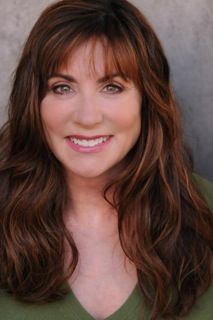
Dr. Werschler

Dr. Downie
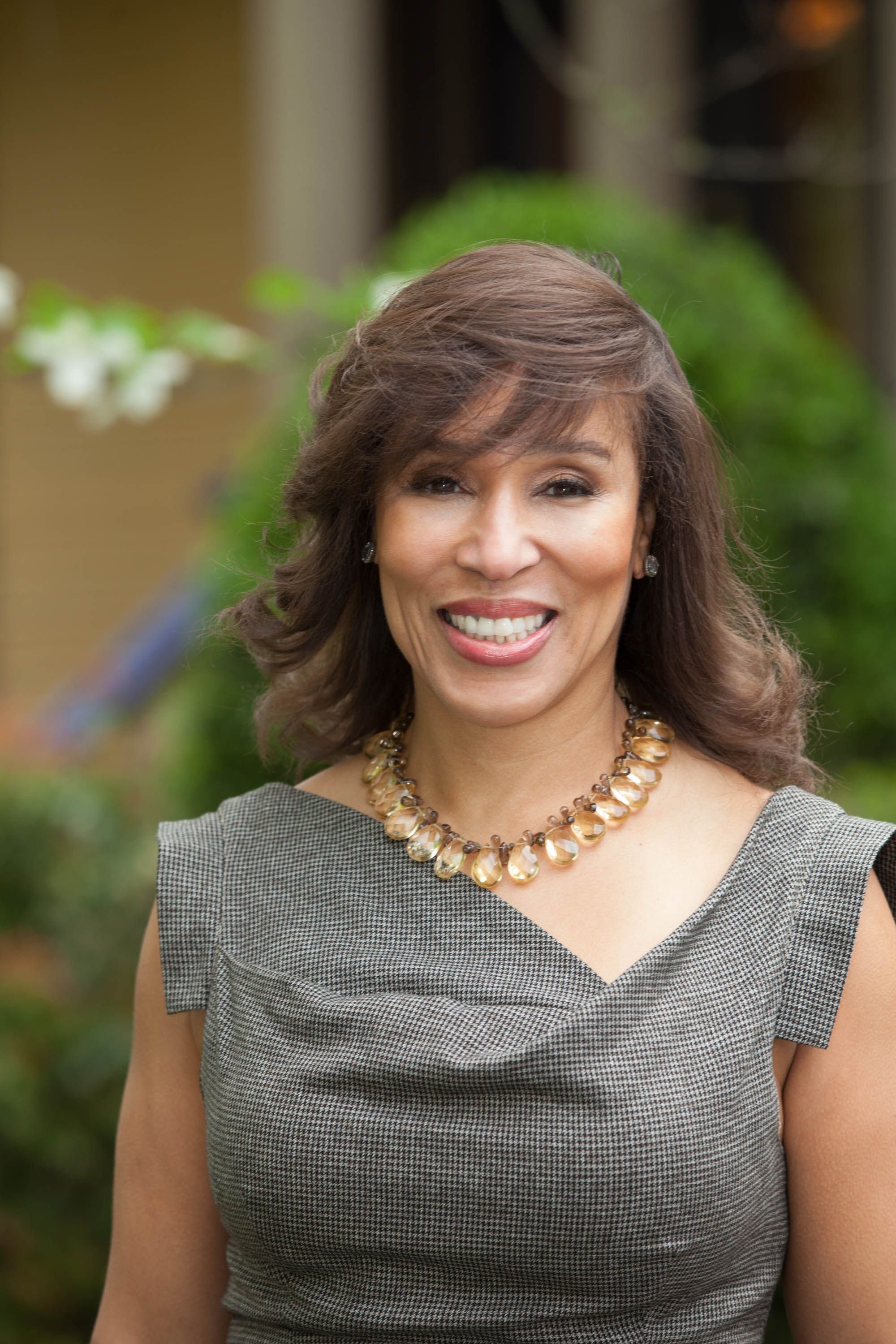
Dr. Beer
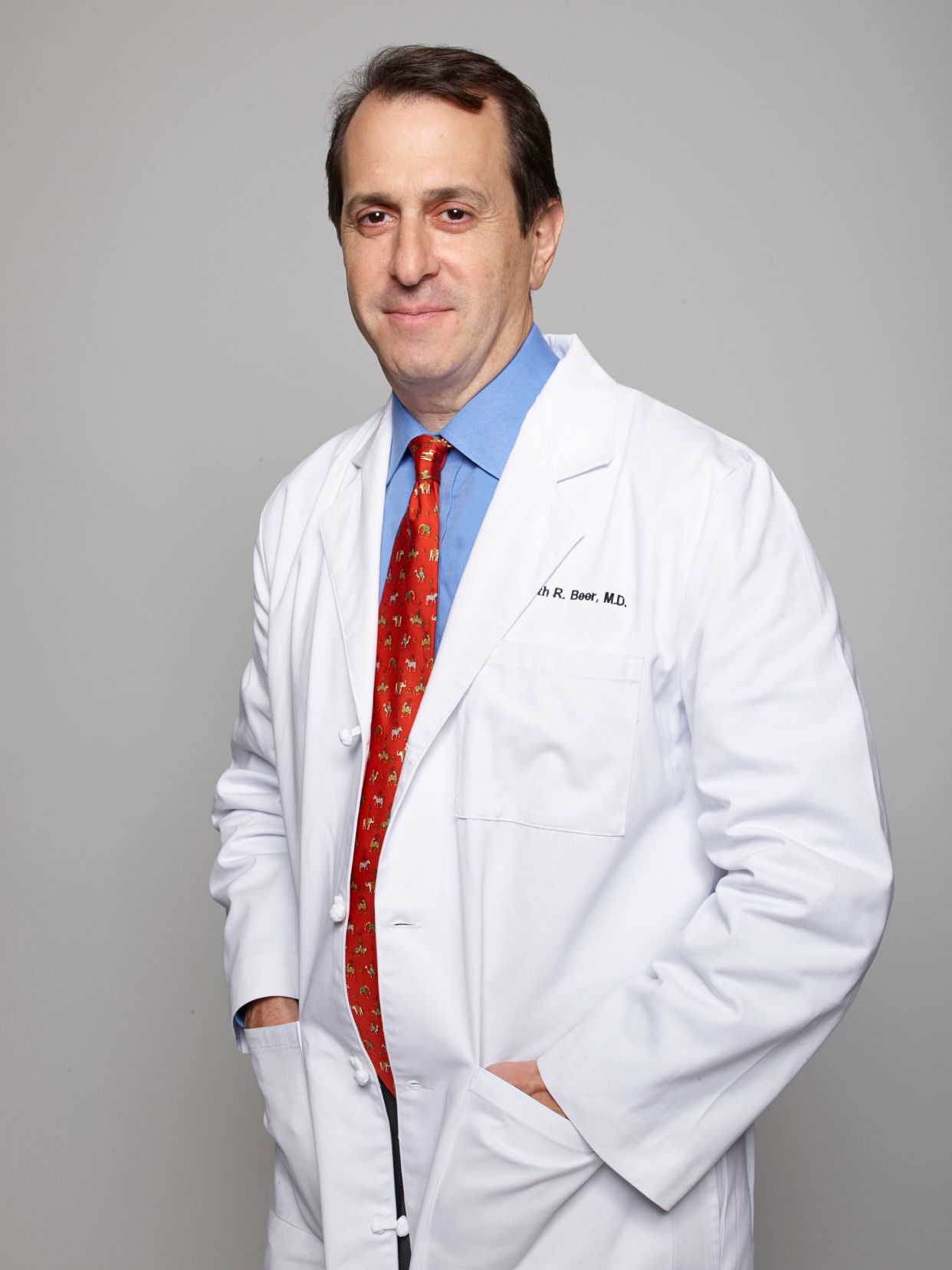
Dr. Waldorf
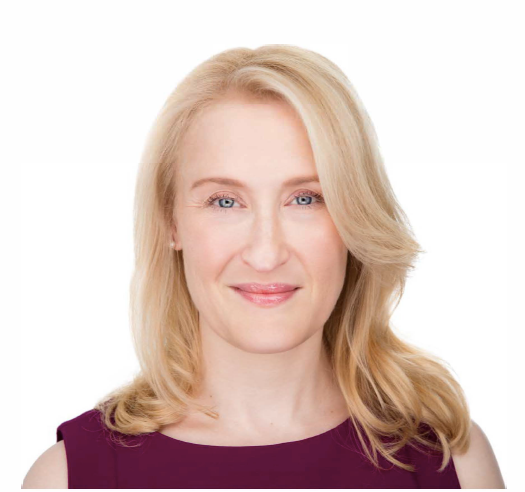
Beloved, brilliant, fun, giving, humble and a pioneer - these are among the words colleagues and friends use to describe Vic Narurkar, M.D., who died after a massive heart attack last month, days shy of his 51st birthday.
The unexpected loss of a cosmetic dermatology icon has left many thinking about Dr. Narurkar’s significant contributions to the subspecialty, the person he was and the void he left.
“Vic was a prodigy and a genius. He was the original Doogie Houser. He graduated from Brown University at 16 and graduated from Stanford Medical school at age 20. Vic was incredibly humble and didn’t talk much about his age and incredible accomplishments,” says Kathleen M. Welsh, M.D., who met Dr. Narurkar more than 30 years ago when they were first-year dermatology residents at Stanford.
Despite each launching aesthetic practices in San Francisco, in the same year, Dr. Welsh says the two were friends and colleagues - not competitors.
“If Vic thought there was an innovative, new technology that was going to improve our cosmetic practices, he would call me and say, ‘Kathleen, you have to try/buy this. This is going to be big.’ Because of his counsel over the years, I have a very small laser graveyard!” Dr. Welsh says.
Spokane, Wash., dermatologist Wm. Philip Werschler, M.D., was performing demonstration injections at the last month’s Maui Derm meeting when he got the news that his dear friend of nearly 25 years had passed. Dr. Werschler says he and Dr. Narurkar “grew up” together as dermatologists. They earned their stripes in the profession by speaking at meetings, conducting studies, publishing their work and, eventually, mentoring others.
“We’d often talk about how we had the best job in the world as dermatologists,” Dr. Werschler says.
Legacy of a Legend
Dr. Narurkar made immense scientific contributions in the field of aesthetic medicine. In the world of lasers and devices, he was legend.
His interest in devices started early when he completed a fellowship in laser and cosmetic dermatologic surgery with laser pioneer Philip Bailin, M.D. As a fellow, Dr. Narurkar was involved in developing pulsed dye and alexandrite lasers used for birthmark and tattoo removal. And after completing the fellowship, he was appointed dermatology director and assistant professor at UC Davis Laser Center, where he was the original investigator for laser hair reduction with alexandrite and diode lasers; cosmetic vascular lesion treatment with pulsed dye and KTP lasers; and skin resurfacing with CO2 lasers, according to Dr. Narurkar’s Bay Area Laser Institute website.
Drs. Kathleen Welsh, Vic Narurkar and Tim Flynn, past president of ASDS, lecturing at AAD. Photo courtesy Dr. Welsh.
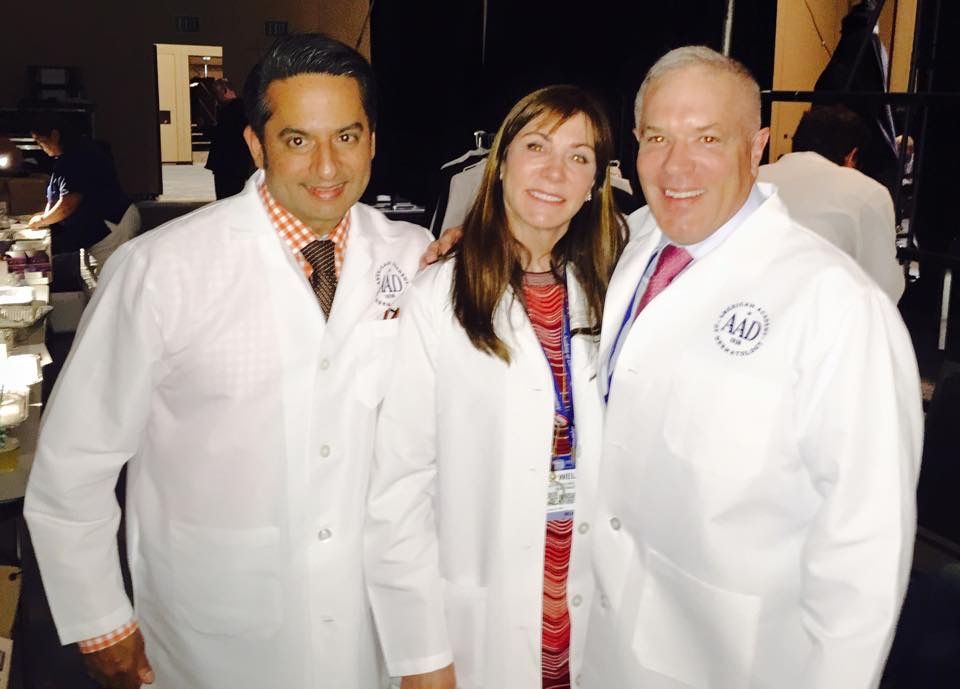
Left to Right: Dr. Werschler; his wife Pam J. Schell Werschler PSY.D, MSN, ARNP, DNC; Dr. Narukar; and Mike Hirner at Vic and Mike’s 50th birthday party last year. Photo courtesy Dr. Werschler.
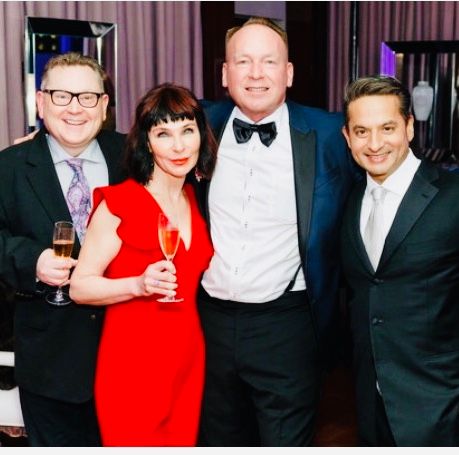
He was a board member of the American Society of Dermatologic Surgery (ASDS), a past president of the American Society of Cosmetic Dermatology and Aesthetic Surgery and co-director of the Cosmetic Boot Camp.
An author of some 200 scientific papers, Dr. Narurkar was a lead clinical investigator for just about the entire spectrum of commonly used cosmetic devices and treatments - from CoolSculpting to Juvéderm (Allergan).
“I believe his greatest impact in the field of dermatology was the fact that he was very focused on evidence-based medicine. He always needed proof of what worked and how it worked,” according to Montclair, N.J., dermatologist Jeanine B. Downie, M.D., who knew Dr. Narurkar for 20 years. “Vic was an influencer and a thought leader.”
Dr. Narurkar ran the Unplugged session at the ASDS, according to Dr. Downie.
“Vic was absolutely brilliant, with a photographic memory. He made me reach higher…,” Dr. Downie says.
Dr. Narurkar was a captivating speaker and a connector of people, Dr. Welsh says.
“He loved to teach and freely shared his time with others. He invited residents, fellows and other physicians to his office to observe and learn from his practice,” Dr. Welsh says. “I think that for many, many dermatologists, when they had a complication or problem with a device the cry would go out: ‘Who yo’ gonna call? Vic Narurkar!’”
Dr. Narurkar wasn’t afraid to challenge long-held beliefs if they were not backed by rigorous study, according to Dr. Welsh.
“His biggest contribution may be that for years he has been the conscience of our rapidly changing specialty, always putting science and patient safety at the forefront,” Dr. Welsh says.
Honest and Authentic (#noposers)
Dr. Narurkar never claimed to be something he wasn’t and was proud to be a dermatologist, according to Dr. Werschler. To help drive aesthetic education among the specialty, Dr. Narurkar helped to cofound the Cosmetic Bootcamp.
Kenneth Beer, M.D., professor of dermatology at the University of Miami and Cosmetic Bootcamp founder, says Dr. Narurkar was the spirit of the Bootcamp.
“Although I started it, I recognized my limitations early and sought out people who could add to the meeting. [Vic] was selfless and made me a better speaker and person, always kidding me that some of my strategies were not approved by the ‘Narurkar Charm School,’" Dr. Beer says.
Drs. Downey and Narurkar December 2018 at the Harvard club. Photo courtesy Dr. Downey.
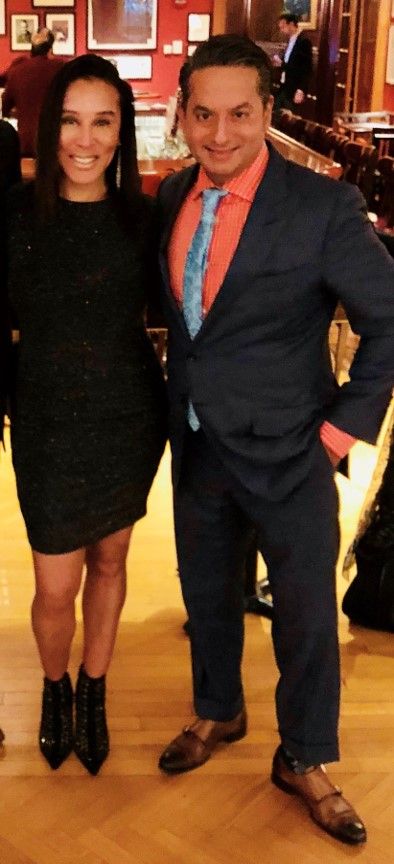
Drs. Lupo and Narurkar in 2015. Photo courtesy Dr. Lupo.
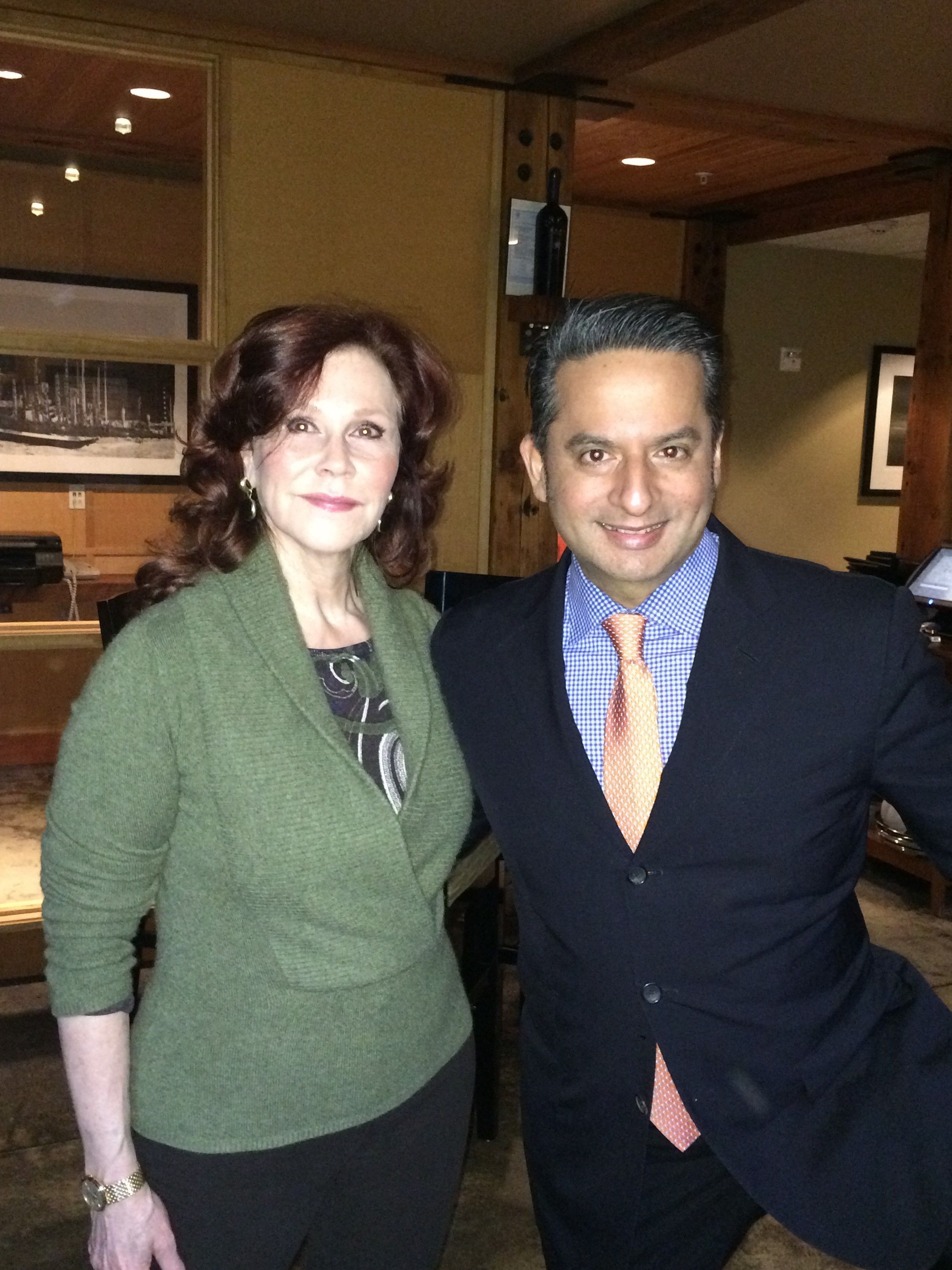
Dr. Narurkar would disagree using data to substantiate his perspective. In essence, he increased the knowledge without increasing the volume, according to Dr. Beer.
“He was a passionate educator who demanded accountability and no baloney in our specialty - not from colleagues and not from industry,” says New Orleans-based dermatologist and Cosmetic Bootcamp Founder Mary Lupo, M.D.
That no-baloney mentality might have also been the impetus that led to Dr. Narurkar’s favorite #noposers, which was based on Dr. Narurkar’s belief that self-promotion should be honest and authentic-not misleading, according to Dr. Werschler.
Resilience and Joy
Heidi Waldorf, M.D., a dermatologist in Nanuet, N.Y., says she was taken by her colleague’s resilience and joy right from the start, when they met in 1993.
“I was interviewing for Mohs fellowship at Cleveland Clinic and Vic was already the senior fellow…,” Dr. Waldorf writes on social media pages.
Her image of Dr. Narurkar is of him smiling, waving his hand and telling her not to worry about what other people do or think.
Dr. Narurkar learned about resilience the hard way. He was harassed during his residency because of his sexual orientation, according to Dr. Welsh.
“This experience affected him profoundly and he turned the experience into a positive over the years by becoming a mentor and protector for others who suffered similarly because of their race, sex or gender differences,” Dr. Welsh says.
Dr. Downie says she and Dr. Narurkar were “brown people” in the dermatology world and saw things from their unique skin of color perspectives.
“We would validate each other’s concerns and support each other through unpleasant incidences. Vic and I were the same, but we were different and that was one of our many significant bonds,” Dr. Downie says.
Dr. Werschler says he’ll miss not only the dermatologist and physician that Dr. Narurkar was, but also the countless memories Dr. Werschler and his wife Pam had with Dr. Narurkar and his long-time partner Mike Hirner laughing, being foodies together and having ridiculous fun.
“Vic and Mike were like surrogate parents to my son John,” Dr. Werschler says.
Dr. Narurkar’s close friend Patti Pao, founder and CEO of the skincare line Restorsea, says Dr. Narurkar didn’t need the money. He practiced for the love of dermatology and in a way that made him proud.
“When you don’t need the money, you make different kinds of decisions. It left him very free to practice the way he wanted to practice. He didn’t have to be beholden to industry; he didn’t have to do all these studies; he didn’t have to be on the podium; he didn’t have to be famous,” Pao says. “What it enabled him to do was completely focus on the things that were important to him, which were giving his patients the best possible care. He performed all of the procedures himself only using products and devices that passed rigorous third-party clinical studies published in major medical journals. I admired him greatly because he just kept his head down, did the best job he could and did what he thought was right - all day every day.”
Dr. Narurkar leaves behind his parents, who live in Palo Alto; his husband Mike Hirner of San Francisco; and his dachshund Mavis.
Left to Right: Dr. Narurkar, Patti Pao, Dr. Tina Alster and Mike Hirner. Photo courtesy Ms. Pao.
